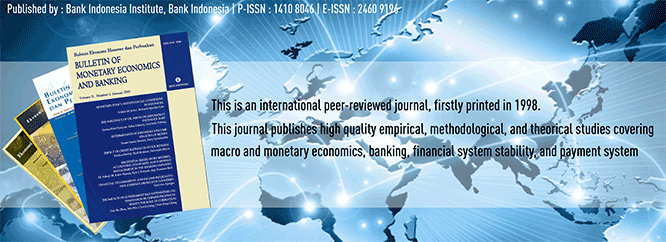
Document Type
Article
Abstract
This paper examines the effect of financial liberalization on income volatility focused on the direction of capital flows in the Asia-Pacific region. By using a dynamic panel model, this study investigates the effect of financial liberalization on income volatility in 19 Asia-Pacific countries over the period 1976-2015. The results show that the financial liberalization in the Asia-Pacific region associated with low income volatility is only perceived by developed countries, while not for developing countries. This paper also investigates the effect of capital flows on different types of directions. The results show that capital outflows will be associated with low income volatility, whereas capital inflows will be associated with high income volatility. The negative effect of financial liberalization on income volatility in developing countries is caused by the majority of those countries holding larger capital inflows, compared to capital outflows. Therefore, the excess capital inflows in developing countries increase the pressure and the vulnerability to the crisis.
Recommended Citation
Abdullah, Feriansyah; Achsani, Noer Azham; and Irawan, Tony
(2018)
"The Effect of Financial Liberalization and Capital Flows on Income Volatility in Asia-Pacific,"
Bulletin of Monetary Economics and Banking: Vol. 20:
No.
3, Article 6.
DOI: https://doi.org/10.21098/bemp.v20i3.823
Available at:
https://bulletin.bmeb-bi.org/bmeb/vol20/iss3/6
First Page
257
Last Page
278
Creative Commons License

This work is licensed under a Creative Commons Attribution-NonCommercial 4.0 International License
Country
Indonesia
Affiliation
Bogor Agricultural University







